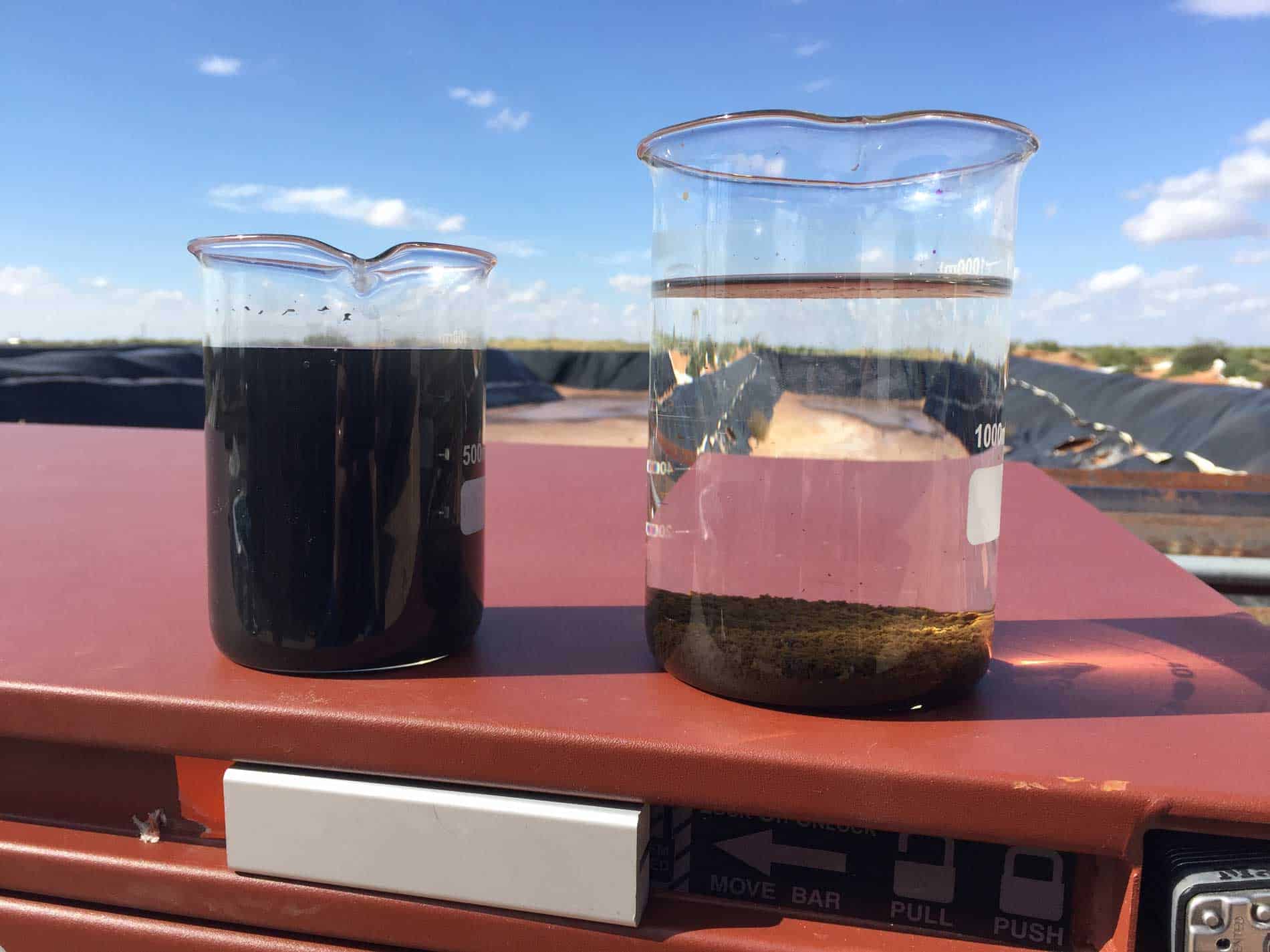DIN 38402 Sampling Procedures for Water Testing
The DIN 38402 series of standards provides detailed guidelines for sampling water intended for use in oil and gas production processes. This service ensures that the quality of produced water is accurately assessed, which is crucial for optimizing production efficiency and minimizing environmental impact.
Produced water from oil and gas operations is a significant component of the industry's overall water management strategy. Proper sampling according to DIN 38402 helps in identifying contaminants and monitoring compliance with regulatory standards. This not only supports operational excellence but also ensures that the company adheres to environmental protection laws.
The standards outline specific procedures for selecting sample points, container types, and handling conditions to prevent contamination and ensure accurate analysis. They cover various aspects of water quality assessment, including chemical composition, microbiological indicators, and physical properties such as temperature and pH levels.
Understanding the nuances of DIN 38402 is essential for quality managers, compliance officers, R&D engineers, and procurement professionals involved in oil and gas operations. Proper sampling techniques are critical to ensuring that water samples accurately represent the characteristics of produced water, thereby supporting informed decision-making processes.
By adhering to these standards, companies can enhance their operational efficiency while maintaining high-quality standards in environmental protection. This aligns with broader sustainability goals and contributes positively to regulatory compliance.
Why It Matters
Accurate water sampling is fundamental for ensuring the reliability of subsequent analyses, which in turn informs crucial operational decisions. Poorly executed sampling can lead to erroneous conclusions about water quality, potentially resulting in suboptimal process settings or unnecessary treatment steps.
DIN 38402 ensures that samples are collected under controlled conditions, minimizing the risk of contamination and ensuring representativeness. This standardization is particularly important for produced water, which can vary widely in composition depending on the type of oil and gas resource being processed.
The implications extend beyond mere compliance with regulations; they also impact operational efficiency and environmental sustainability. Proper sampling supports informed decision-making regarding treatment processes, disposal methods, and recycling opportunities. By adhering to DIN 38402, companies can optimize their water management practices, leading to reduced costs and enhanced resource utilization.
Moreover, compliance with these standards enhances the reputation of oil and gas operators by demonstrating a commitment to environmental responsibility. This is increasingly important in an era where public scrutiny of corporate environmental impact is growing.
Applied Standards
| Standard Number | Description |
|---|---|
| DIN 38402-1 | Sampling of Water for Analysis in Oil and Gas Production Operations - General Provisions |
| DIN 38402-2 | Sampling of Water for Analysis in Oil and Gas Production Operations - Sampling Procedures |
Environmental and Sustainability Contributions
- Reduces the risk of contamination during sampling, ensuring accurate analysis.
- Supports informed decision-making regarding water treatment methods.
- Aids in optimizing recycling processes for produced water.
- Promotes compliance with environmental protection laws and regulations.





